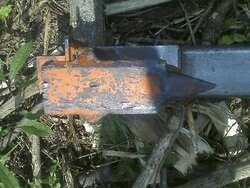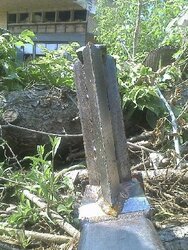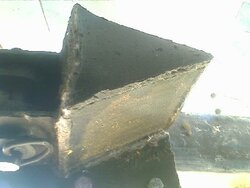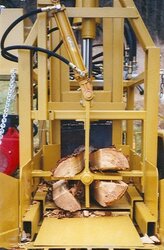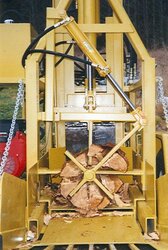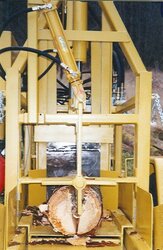I see both kinds of wedges on log splitters. Mine is fat so it spreads the log apart quickly. I think it shortens the distance the ram has to travel and saves having to tear the pieces apart as much.
I haven't used a splitter with a skinny wedge to compare but I image guys renting/borrowing/working with other splitters could chime in. It seems the moving wedges on the ram tend to be fatter than the fixed wedges on the end of the beam. This is probably so the surface of the ram that the oil seal wipes stays out of harm's way.

I haven't used a splitter with a skinny wedge to compare but I image guys renting/borrowing/working with other splitters could chime in. It seems the moving wedges on the ram tend to be fatter than the fixed wedges on the end of the beam. This is probably so the surface of the ram that the oil seal wipes stays out of harm's way.


